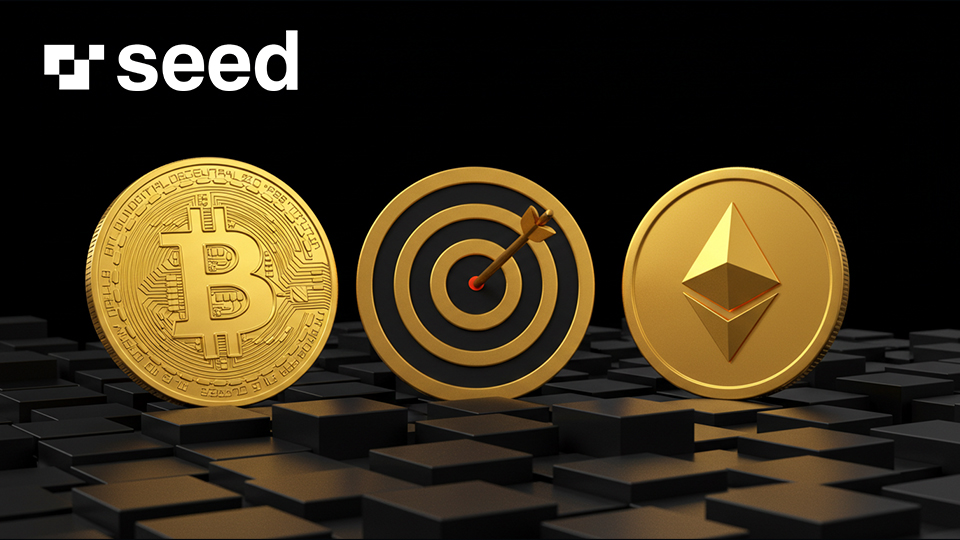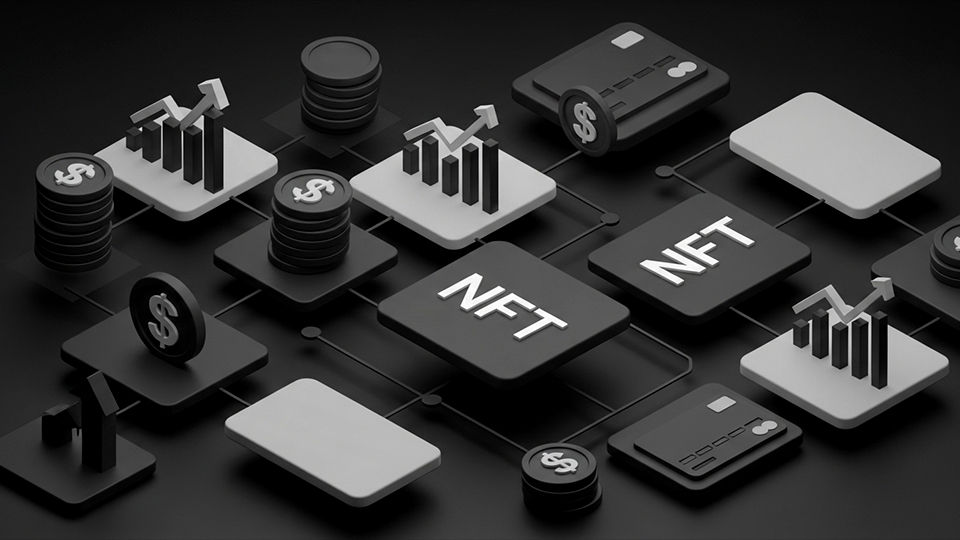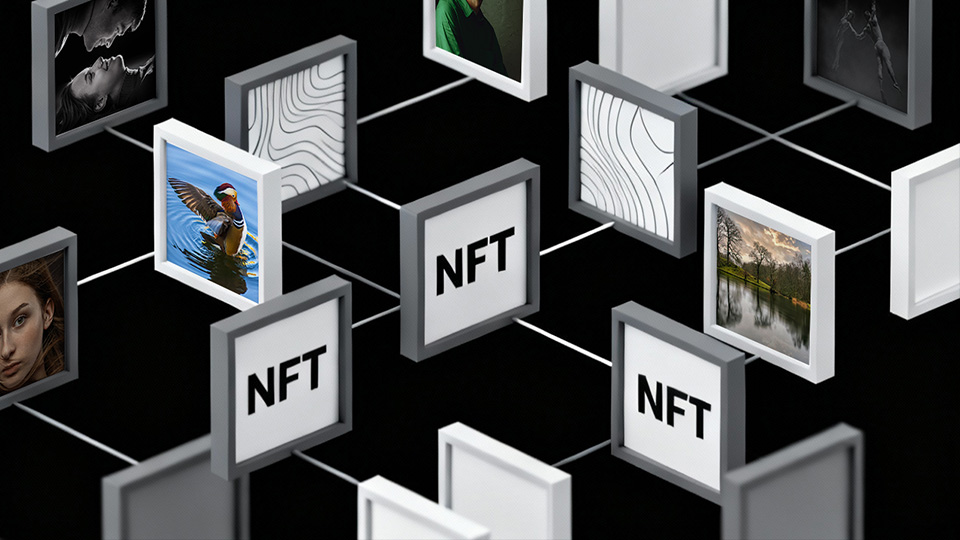Building and maintaining user loyalty is crucial for long-term success in the cryptocurrency space. With increasing competition, projects must implement effective strategies to retain users, encourage engagement, and develop trust. From airdrops to tokenomics, various methods can be used to create sustainable loyalty programs in the crypto space.
The Importance of Loyalty in Crypto
Loyal users form the backbone of any successful crypto project. Unlike traditional businesses, where loyalty is often driven by brand reputation and customer service, crypto projects must navigate a decentralized environment where trust, incentives, and community engagement play a significant role. Ensuring users remain invested in a platform or token requires a well-structured approach.
Moreover, in a market where volatility is common, projects that fail to retain users risk losing traction. The decentralized nature of blockchain technology means that switching between projects is relatively easy for users, making it even more essential to establish strong loyalty mechanisms. A well-designed loyalty strategy not only helps retain existing users but also attracts new participants who see value in long-term involvement.
Crypto Loyalty Strategies
To establish and maintain a loyal user base, crypto projects often implement the following strategies:
1. Airdrops and Rewards Programs
Airdrops—free token distributions—are a common way to attract and engage new users. By rewarding early adopters and active community members, projects can encourage participation and long-term commitment. Additionally, staking rewards and referral bonuses further incentivize users to stay engaged.
Some projects also introduce tiered reward systems, where users who hold tokens for longer periods receive greater benefits. This approach not only strengthens user retention but also discourages quick sell-offs, contributing to price stability.
2. Strong Tokenomics
Tokenomics refers to the economic structure behind a cryptocurrency, including supply, demand, and utility. A well-designed token economy ensures users benefit from holding and using the token, reducing sell pressure and increasing long-term adoption. Features like staking, governance participation, and deflationary mechanisms enhance loyalty.
A successful tokenomic model must balance incentives for different types of users. For instance, while staking rewards can attract long-term holders, liquidity mining and transaction fee discounts can encourage regular transactions within a system. The more use cases a token has, the more valuable and desirable it becomes.
3. Community Engagement and Governance
A strong, engaged community is vital for user retention. Many successful crypto projects prioritize transparent communication, active social media engagement, and governance models that allow users to vote on key decisions. By involving users in the project’s development, trust and loyalty naturally grow.
Communities thrive when users feel heard and valued. Platforms that offer decentralized governance, where token holders can vote on changes or upgrades, empower users to shape the future of the project. This not only develops loyalty but also aligns the project’s growth with the interests of its community.
4. Exclusive Access and Perks
Providing exclusive access to new features, VIP memberships, or early investment opportunities can make users feel valued. Many projects use NFTs, premium tiers, or early beta testing programs as ways to enhance loyalty and encourage ongoing participation.
For example, some blockchain gaming projects offer in-game assets that are exclusive to long-term holders, while DeFi platforms may provide special staking pools with higher rewards for early supporters. Such perks create a sense of belonging and make it more rewarding for users to stay engaged.
The Future of Loyalty in Crypto
As the space continues to grow, crypto loyalty strategies will become increasingly sophisticated. The integration of artificial intelligence, enhanced gamification techniques, and personalized reward structures will likely shape the next generation of user retention models.
Blockchain technology itself provides new ways to strengthen user loyalty. For instance, smart contracts can be used to automate reward distributions, ensuring transparency and efficiency. Additionally, cross-chain interoperability will allow projects to offer multi-platform incentives, making it even more appealing for users to stay within a particular system.
Ultimately, projects that prioritize user engagement, transparent governance, and meaningful incentives will stand out in the crowded crypto market. By continuously innovating and adapting to user needs, crypto platforms can build lasting relationships with their communities, establishing trust and long-term success.





